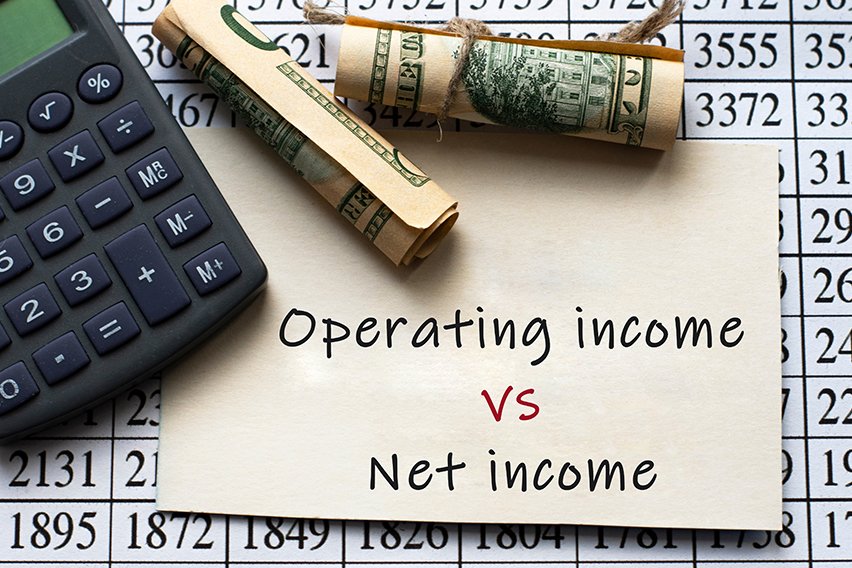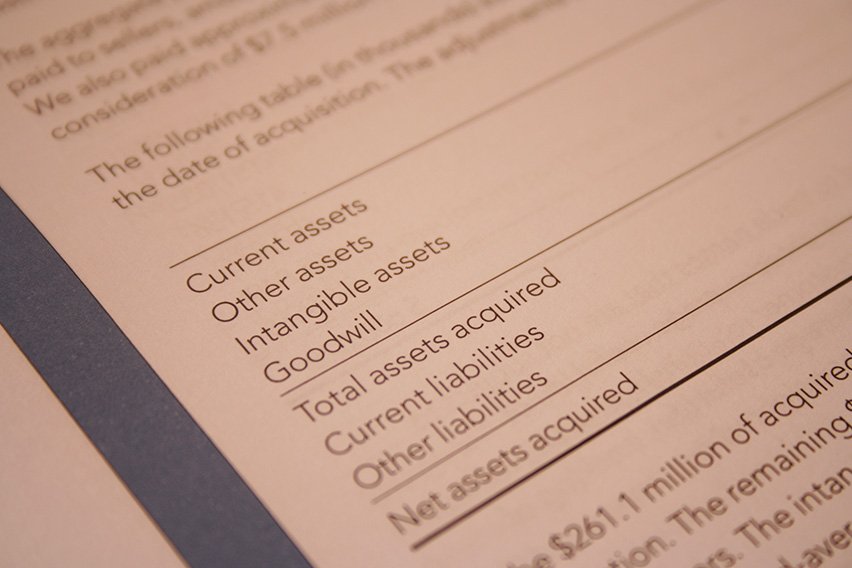How Do You Calculate Operating Income?

Operating income is calculated by deducting operating expenses, such as wages and depreciation, and the cost of goods sold from the gross income. It measures the profit from the business operations.
The operating income is one of the common financial ratios for valuing a company. It measures the business’ ability to cover costs and make a profit.
What this article covers:
- What Is the Formula to Calculate Operating Income?
- What Is Included in Operating Income?
- How Do You Calculate Percent Change in Operating Income?
- Are Operating Income and EBIT the Same?

What Is the Formula to Calculate Operating Income?
The operating income is a profitability formula that calculates profits derived from the core business activities. It does not include other income expenses not directly related to the core business operations.
For calculating the operating income of a business, you need three values, the revenues or the gross income, the operating expenses of a business and the cost of goods sold.
Operating Profit = Gross Income – (Operating Expenses + Cost of Goods Sold)
The operating income is positioned as a subtotal on a multi-step income statement after all general and administrative expenses, and before interest income and expense.
Example:
In the current year, business XYZ earned total sales revenues of $200,000. For that period, the cost of goods sold was $40,000, rent was $12,000, insurance was $10,000, and wages were $60,000.
The operating expenses are calculated as follows:
Operating Expenses = Rent + Insurance + Wages
Operating Expenses = 12,000 + 10,000 + 60,000
Operating Expenses = $82000
Operating Income = Revenue – (Operating Expenses + COGS)
$78,000 = $200,000 – ($40,000 + $82,000)
The operating income for the business is $78,000.
What Is Included in Operating Income?
Gross Income
Gross income, also known as gross profit, is the amount of money that the business has left to fund its operating expenses after the cost of producing products is deducted. It’s calculated by subtracting the cost of goods sold from the revenue.
Gross Income = Revenue – COGS
The business revenue does not include any extraordinary gains.
Operating Expenses
Operating expenses include the costs of running the core business activities. Some examples of operating costs are utilities, rent, wages, commissions, insurance, supplies expenses, etc.
Cost of Goods Sold
It refers to the direct costs attributable to the production of the goods sold in a company, including direct labor costs used to produce the product, allocated overhead, and the cost of materials used.
The operating income excludes non-operating income, taxes, and capital structure expenses.

How Do You Calculate Percent Change in Operating Income?
To calculate the percent change in the operating income, will need income statements for the current year and prior year.
Subtract the operating income of the previous year from the current year’s operating income.
Divide this number by last year’s operating income and multiply by 100. This is the percent change in operating income.
The percent change is useful for business owners and investors to evaluate if the day-to-day business operations are earning more than they did in the past.
Are Operating Income and EBIT the Same?
Earnings Before Interest and Tax (EBIT) is the business’s net income from the operations without taking into account the tax and capital structure of the business. It is often considered synonymous with operating income, although there are exceptions.
Some businesses include non-operating expenses and other income that the company generates in EBIT. However, while calculating operating income, only the income from operations is taken into account.
Also, EBIT is not an official GAAP (Generally Acceptable Accounting Principle) measure, while operating income is an official GAAP measure.
Operating income is used by businesses to measure the profitability of business operations. Since income is directly affected by items related to day-to-day managerial decisions, such as pricing strategy and labor costs, it also measures a manager’s efficiency and flexibility.
However, it’s important to note that the labor and materials costs for some industries are higher than others. This is why it’s meaningful to compare the operating income among companies within the same industry.
RELATED ARTICLES

 Operating Income vs. Net Income: Which Should You Pay Attention To?
Operating Income vs. Net Income: Which Should You Pay Attention To? How to Calculate Goodwill of a Business: Step-By-Step
How to Calculate Goodwill of a Business: Step-By-Step What Are Operating Activities in a Business?
What Are Operating Activities in a Business? Foreign Currency Translation: International Accounting Basics
Foreign Currency Translation: International Accounting Basics What Is a Periodic Inventory System and How Does It Work?
What Is a Periodic Inventory System and How Does It Work? What Are Financing Activities?
What Are Financing Activities?